
Joy Division‘s lead vocalist Ian Curtis took his own life on the eve of the band’s first US tour. The band rebranded as New Order – taking their name from a newspaper article titled The People’s New Order of Kampuchea. They added Gillian Gilbert, the girlfriend of drummer Stephen Morris, on keyboards and guitar, while guitarist Bernard Sumner took over as lead singer.
New Order’s career started quietly, with debut Movement recalling Joy Division and only just scraping into the UK top 30. But the group’s career took shape with the 1982 single ‘Temptation’, adding danceable rhythms inspired by Kraftwerk and Giorgio Moroder.
Like many British groups, New Order’s singles were often separate from their albums. Classic New Order tracks like ‘Ceremony’, ‘Blue Monday’, ‘Thieves Like Us’, and ‘True Faith’ weren’t included on their original studio records. This placed New Order’s albums and singles in relief from each other – while their singles were dance-floor fillers, their albums were still sometimes austere and introspective.
Like other bands from the punk and new wave era, New Order’s music works despite its limitations. Four musicians found themselves in a group and pooled their talents together to create some sublime music – Stephen Morris’ robotic drumming and Peter Hook’s aggressive and high-pitched bass playing create a distinctive rhythm section. Hook’s bass is often a focal point – even questionable New Order songs like ‘World in Motion’ are powered by driving post-punk basslines. Sumner has limitations as a vocalist and a lyricist – the group’s songs were often worked up from jams, and Sumner’s lyrics often sound like placeholders. These quirks give New Order a distinctive aesthetic, and there are moments of magic, particularly in their 1980s work.
After 1989’s excellent Technique, the individual members explored solo projects. They reformed for 1993’s Republic but some of the group’s chemistry was gone. There are strong individual songs like ‘Regret’, ‘Waiting for the Sirens Call’, and ‘Singularity’ peppered among the group’s later albums but most of New Order’s key material was recorded in the 1980s. Hook left the band after 2006’s Waiting for the Siren’s Call.
New Order Album Reviews
Movement
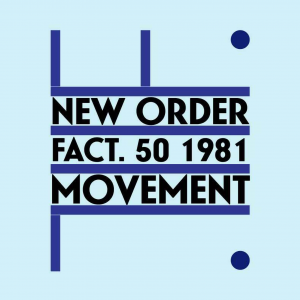
1981, 7.5/10
The change from the gloom of Joy Division to the more upbeat sounds of New Order singles like ‘True Faith’ and ‘World in Motion’ wasn’t instantaneous. New Order’s debut Movement is clearly transitional – instrumentally, it’s very similar to the post-punk of Joy Division with Morris’ robotic drumming and Hook’s bass as the lead instrument, as well as Martin Hannett’s production. The sound is sweetened by Gilbert’s synths, but the key difference is the vocals. Sumner and Hook take over on lead vocals – while they both use a low register, they don’t have Curtis’ gloomy gravitas, and their lyrics aren’t as chilling.
Even where they’re a little confused musically, there are still great moments on Movement. Opening track ‘Dreams Never End’ has great guitar lines from Sumner, while it’s interesting to hear some pop creep into the group’s sound on ‘Chosen Time’. Hook provides a passable Curtis impersonation on ‘Doubts Even Here’.
While Movement is a respectable post-punk record, it doesn’t play to Sumner’s strengths as a vocalist. New Order would flourish as they integrated brighter music into their sound.
Power, Corruption & Lies

1983, 8.5/10
A key reason that Movement sounded like Joy Division was the continued presence of producer Martin Hannett. His icy reverb was a key component, but he left Factory Records in 1982 due to a financial dispute.
Instead New Order self-produce, and they occupy a space between rock and dance. The UK version of the album doesn’t include ‘Blue Monday’, which became the biggest-selling 12″ single of all time. It was released as a single in early 1983, but it’s only featured on the American cassette and CD versions.
Right from the upbeat opening of ‘Age of Consent’, there’s a clear sense of New Order breaking free of their Joy Division heritage and thriving. ‘Blue Monday’ isn’t needed when ‘586’, another dance monster, is in the centre of the record. The best track though is the haunting ‘Your Silent Face’; before hearing it, I wouldn’t have thought Sumner capable of the evocative lyrics and vocals. ‘Leave Me Alone’ is a tuneful, brooding rocker.
Power, Corruption & Lies is a terrific second album, establishing New Order as a significant band in their own right.
Low-Life
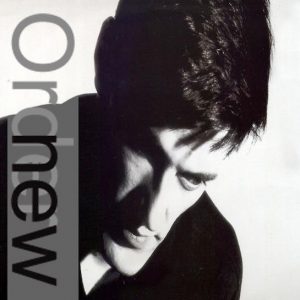
1985, 8.5/10
New Order’s third album doesn’t break much new ground, instead further exploring the territory that Power, Corruption & Lies established. The singles, ‘The Perfect Kiss’ and ‘Sub-Culture’, indicate a dance record but a lot of the other songs are moody rockers. The cover art features Stephen Morris, although CD versions of the album allow the owner to change which member is on the cover.
Like Power, Corruption & Lies, Low-Life is stacked with strong material. ‘Love Vigilantes’ is a fantastic opener, almost in country territory with its harmonica; it inspired the name of Bill Mallonee’s band Vigilantes of Love. The instrumental ‘Elegia’ was written in memory of Ian Curtis, and the album version was edited down from the 17-minute original. The dance-oriented singles are good, although the mood of the album is defined by moody rockers like ‘This Time of Night’ and ‘Sunrise’.
Low-Life is a stellar follow-up to Power, Corruption & Lies – I’m not sure which I prefer.
Brotherhood
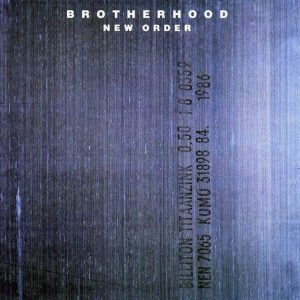
1986, 8.5/10
New Order are happier on their fourth album. As a result, it can feel a little one-dimensional compared with the classic records around it. But it also features New Order’s best batch of singles with ‘State of the Nation’ (appended to CD editions of the album) and ‘Bizarre Love Triangle’, and it’s consistently tuneful.
The two LP sides have different flavours – the first side focuses on guitar-oriented material while the second half is dancier. Peter Saville’s cover features a photograph of a titanium–zinc alloy sheet; some initial copies came in a metallic sleeve.
The dance side is the more prepossessing – ‘Bizarre Love Triangle’ was New Order’s breakthrough single in Australia and the UK, and has enjoyed several cover versions. ‘All Day Long’ interpolates orchestration from Wagner’s Ring Cycle, while ‘Every Little Counts’ opens with a giggly Sumner vocal. The rock side of Brotherhood is solid too – ‘Weirdo’ is fast-paced and exciting, while a ferocious Hook bassline drives ‘Broken Promise’.
Brotherhood is more lighthearted than the albums that preceded it, but it’s still high quality.
Substance 1987

1987, 10/10
The two discs of Substance collect the singles and b-sides released by New Order between 1981 and 1987. The two discs trace New Order’s evolution, starting with ‘Ceremony’ and ‘In A Lonely Place’, songs that originated with Joy Division. The discs follow New Order’s path into upbeat pop such as ‘Bizarre Love Triangle’ and the terrific new song ‘True Faith’.
A bunch of these songs didn’t make it onto the studio albums, although they are featured on the bonus discs of the band’s reissues. In 1987, however, this was the only way to find classics like ‘Temptation’, ‘Ceremony’, and ‘Thieves Like Us’ in album form.
The main course is the 12-song disc of a-sides, which showcase the band’s unfailing tunefulness. ‘Blue Monday’ was revolutionary at the time, but sounds a little dated, but the rest of the run of singles is impeccable. It works as a euphoric playlist with many of the songs featured in dance mixes and running over six minutes.
In giving Substance a perfect rating, I think of the b-sides as a bonus disc. While the group would later use instrumentals and dance mixes of the a-sides on the flip side, the early b-sides are impressive. The entirety of the excellent 1981–1982 EP is included over the first two discs, including the strong flipsides ‘Mesh’ and ‘Hurt’. At the tail end of the second disc, the ‘True Faith’ b-side ‘1963’ would become a hit in 1995.
New Order are an excellent album band, but they never made a more enjoyable set of songs than this magical collection of singles.
Technique
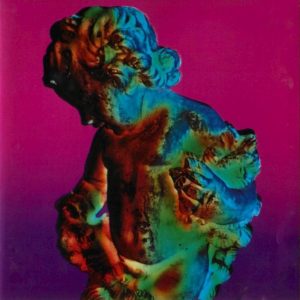
1989, 9.5/10
Sick of recording in dreary English studios, Peter Hook insisted that New Order’s fifth album should be recorded in Ibiza. The group spent four months in Ibiza recording, but partying dominated and the band had only made 20% of the record. They later finished Technique at Peter Gabriel’s Real World studio. Despite the chaotic initial recordings, the Ibiza influence is clear on the record – there are contemporary sounds like acid house and Balearic house, mixed with breezy acoustic guitars. The lyrics are often darker than the joyful music, with songs like ‘Love Less’ dealing with Sumner’s divorce from his first wife.
Opener ‘Fine Time’ is one of my favourite New Order songs – it started as a Donna Summer tribute but ended up distinctly New Order. There are some great Morris drum fills, and the funky clavinet is just gravy.
Incongruously, John Denver is credited as a writer on ‘Run 2’ – the acoustic guitar break was reminiscent of Denver’s ‘Leaving on a Jet Plane’. The change in sound sometimes sidelines Peter Hook’s bass, often the focal point on New Order’s 1980s records, but he drives ‘All The Way’ and ‘Vanishing Point’. The closing ‘Dream Attack’ moulds the pretty sound of Technique into an epic sweep, a fitting close to an excellent record.
Technique brilliantly updates New Order’s sound for the 1980s, and it sounds effortless.
Republic
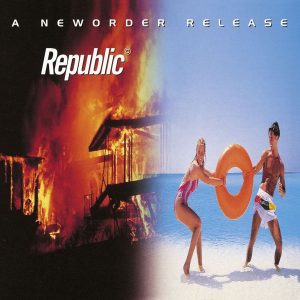
1993, 6/10
After Technique and 1990’s World Cup questionable theme song ‘World In Motion’, the band members dabbled with solo careers.
Sumner made an album with ex-Smiths guitarist Johnny Marr as Electronic, Peter Hook formed Revenge, and the other two formed The Other Two.
Outside events forced a fresh New Order album – the band’s nightclub Hacienda was hemorrhaging money. Factory Records was in trouble after the failure of The Happy Mondays’ Yes Please!, and Republic arrived too late to save the label, even though it hit #1, referenced in the song ‘Ruined in a Day’. Band relationships were also difficult with Hook and Sumner at oddsr.
New Order thrived throughout the 1980s with their ramshackle synergy. It’s largely absent on Republic, instead, a collection of professional-sounding songs with the life sucked out of them – it’s the first New Order album since 1981 with an outside producer involved, Stephen Hague. Sumner’s lyrics and vocals are largely more professional than before as well, but this only serves to further remove any hint of personality from the record. There’s one great song, the opener Regret, with a great chord sequence and verse melody. None of the other songs are particularly weak, but they all blend together with the same 1990s club sound on almost every track.
It was made under difficult circumstances, but Republic is easily the least interesting New Order album of the 20th century.
Get Ready

2001, 7/10
New Order went on hiatus after 1993’s Republic. In 1998, longtime manager Rob Gretton proposed a group meeting where the members could iron out their differences. This was successful, and New Order returned to the recording studio for Get Ready. The dance influences of earlier releases are largely gone, and instead it’s an alternative rock album. Along with guest appearances from Billy Corgan and Bobby Gillespie, it’s an atypical New Order album. It’s a mixed bag – the strong songs are very good, but the weaker songs are less enjoyable than anything in the band’s catalogue to date.
From the top drawer, lead-off track ‘Crystal’ is a strong comeback single while the atmospheric ‘Vicious Streak’ is gorgeous. The acoustic closer ‘Run Wild’ is the most surprising piece, with Sumner emotionally affecting in the chorus “when Jesus comes to take you hand/I won’t let go”). ‘Slow Jam’ works despite Sumner’s all-time worst couplet: “The sea was very rough/It made me feel sick/But I like that kind of stuff/It beats arithmetic.” But sometimes the group’s efforts to appear young and relevant fall flat – ’60 Miles an Hour’ and ‘Rock the Shack’ are both unbecoming.
Get Ready has enough strong tracks to justify its existence, but it’s wildly inconsistent.
Waiting for the Sirens’ Call
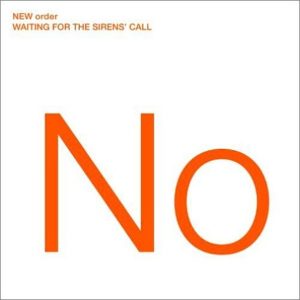
2005, 6.5/10
Get Ready was a rock-focused album – Waiting for the Sirens’ Call also features electronic tracks. It’s the first New Order album not to feature the original lineup – Gilbert temporarily left the band after recording Get Ready, and Phil Cunningham takes her place as keyboardist/guitarist. The band recorded enough material during the sessions to form the backbone of another album – eventually released in 2013 as Lost Sirens. Like Get Ready, Waiting for the Sirens’ Call is a mixed bag; a handful of tracks that sit proudly in the band’s stellar back-catalogue along with some embarrassing misfires.
‘Krafty’ is the most reminiscent of 1980s’ New Order, finding the same sweet spot between dance and rock. The band get good mileage out of jangly rockers – ‘Turn’ and the title track are both excellent. The results are less dignified when New Order venture into dance-pop later in the record – ‘Jetstream’, with backing vocals from Scissor Sisters’ Ana Matronic, is tacky and out of place on a New Order record. ‘Guilt is a Useless Emotion’ is stronger, with a convincing vocal from Sumner, but is still an odd-fit with its prominent female vocals.
There’s enough good material spread between Get Ready and Waiting for the Sirens’ Call to make one strong New Order record for the first decade of the 21st century.
Lost Sirens

2013, 5/10
The cost of recording Waiting for the Sirens Call, at Peter Gabriel’s Real World Studios, was an astronomical £700,000. New Order at least managed to salvage a second album out of the sessions, although it was held up until 2013.
Much of the delay was caused by Hook leaving the band – he left in 2007, and his departure complicated the album’s release. There are notable albums made up of outtakes from a previous record – Radiohead’s Amnesia is a famous example – but I’m not sure anyone was eagerly anticipating outtakes from Waiting for the Sirens Call.
The parent album explored different directions, but Lost Sirens sticks to mid-tempo pop/rock. There’s nothing egregiously bad, despite some ropey Sumner lyrics on ‘Sugarcane’. But there’s nothing outstanding either, leaving Lost Sirens as an ultimately forgettable collection. ‘Hellbent’ previously appeared on a joint Joy Division/Néw Order compilation – it has a nice chorus but it’s hard to argue it’s in the same league as ‘Love Will Tear Us Apart’ or ‘Bizarre Love Triangle’.
Lost Sirens is ultimately dispensable – feel free to skip this collection of outtakes unless you’re a New Order completist.
Music Complete

2015, 7/10
Music Complete is New Order’s first album without Peter Hook. His absence isn’t too significant, as new recruit Tom Chapman mimics his style effectively. Gillian Gilbert is back in the band for the first time since Get Ready, while Phil Cunningham is retained, making Music Complete the band’s first album as a five-piece. More significant than the lineup changes are the changes in Sumner’s voice – it’s noticeably deeper than before, right from the opener ‘Restless’.
The result is New Order’s most satisfying album since the 1980s – especially as there’s nothing particularly embarrassing. The opening run of songs is particularly satisfying, as the band deliver their trademark synthesis of rock and electronic on songs like ‘Tutti Frutti’ and standout ‘Singularity’. The record doesn’t keep the same momentum for the rest of the album, but there are some interesting explorations nonetheless – the deep-throated narrator of ‘Fine Time’ is back on ‘Stray Dog’, while the sophisti-pop of closer ‘Superheated’ sounds like Prefab Sprout.
It sometimes comes across as calculated professionalism rather than true inspiration, but Music Complete is surprisingly effective for a band well into their fourth decade. New Order also released an album of remixes from Music Complete, released as Complete Music in 2016.
10 Best New Order Songs
Temptation
True Faith
Fine Time
Bizarre Love Triangle
Ceremony
Regret
Your Silent Face
Dream Attack
State of the Nation
Love Vigilantes
Electronic
Electronic
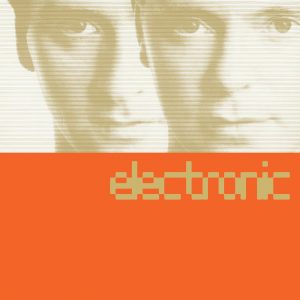
1991, 7.5/10
Electronic is a collaboration between The Smiths’ guitarist Johnny Marr and Bernard Sumner. They sound more like New Order than The Smiths, because their sound is synthesizer-oriented and Sumner sings. Marr rarely evokes the acoustic jangle of The Smiths, although he plays some lovely acoustic solos. The Pet Shop Boys also make cameo appearances; Neil Tennant’s vocals are unmistakable on ‘Getting Away With It’, while Chris Lowe and Tennant both contribute to ‘Patience of a Saint’. Electronic is less edgy and alternative than either The Smiths or New Order – it’s mainstream Europop, sometimes dated and reliant on good tunes for impact.
There’s one classic – ‘Getting Away With It’, with its delightful piano, lovely strings, and key contributions from the Pet Shop Boys – Lowe’s bassline and Tennant’s harmony vocals in the chorus are key components. Marr wrote the chorus as a parody of Morrissey’s lyrics in The Smiths. There are other strong tracks too – ‘Get The Message’ is the closest to the jangly pop/rock of The Smiths, while the closing ‘Feel Every Beat’ is surprisingly effective despite Sumner’s rapped verses – as much as his lyrics are sometimes ridiculous, “You know if every person upon this earth/Became the image of the mother in a violent birth/We could sow the seed, toss up the sand/And heal this brutal beat-up land” is a memorable verse. ‘Tighten Up’ marries Marr’s acoustic jangle with electronic beats and a catchy synth hook, while the instrumental ‘Soviet’ is spooky and worthwhile.
Marr and Sumner made two further albums together in the 1990s – 1996’s Raise the Pressure and 1999’s Twisted Tenderness. I haven’t heard either.
Back to 1980s Album Reviews….
One comment
Leave a Reply
Related Pages
Review Pages
Read about the discographies of musical acts from the 1960s to the present day. Browse this site's review archives or enjoy these random selections:
Blog Posts
I add new blog posts to this website every week. Browse the archives or enjoy these random selections:
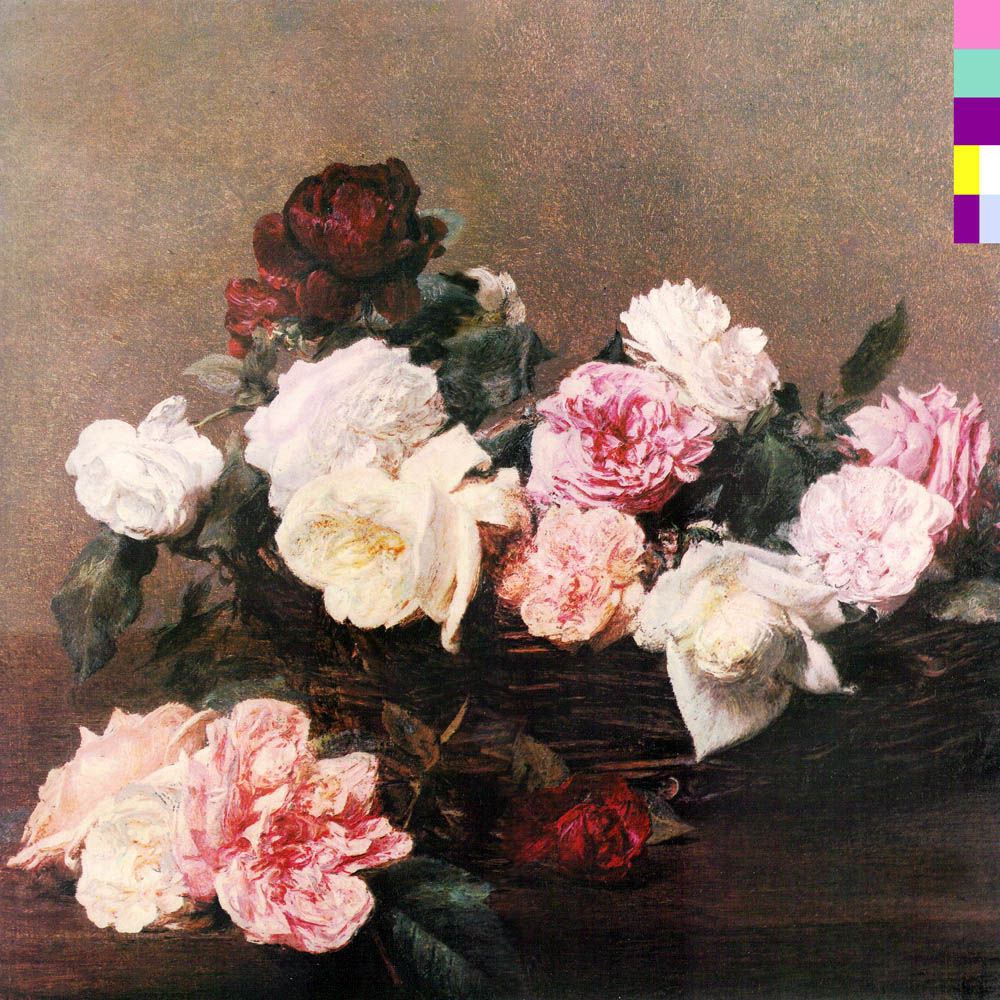



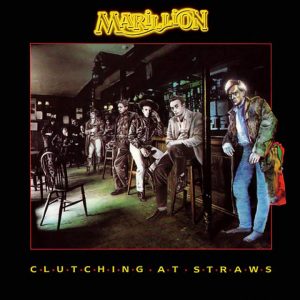







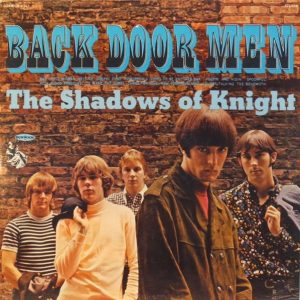
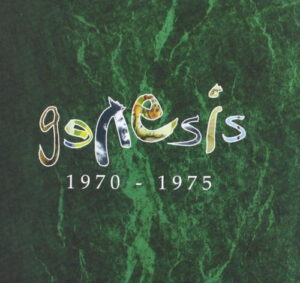
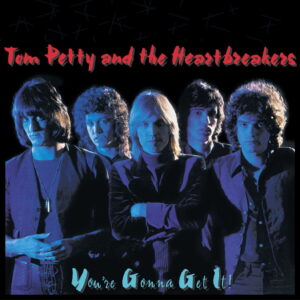


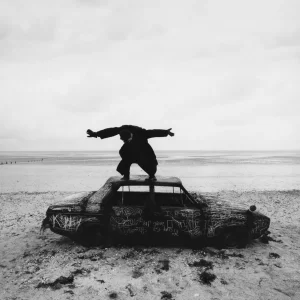
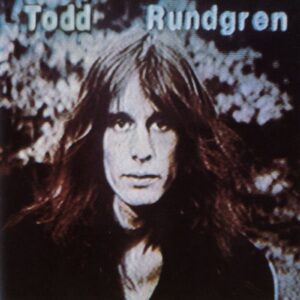
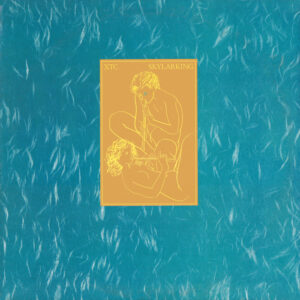
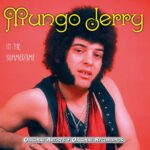

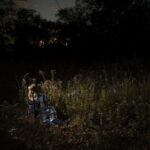
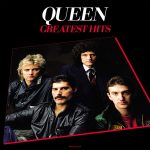
Many people (including this humble guy) love Joy Division but not that much New Order. Basically, they are almost the same musicians. But they took a different direction. And became followers rather than influencers. Obviously Ian Curtis, without being a great singer, was very important for the group, as well as Martin Hannett’s production, as you said before. And I also agree that Hook’s bass is the lead instrument and the best musician within the group. In a style similar to Simon Gallup from The Cure or Steve Severin from The Banshees. Best song: Ceremony (because is almost a Joy Division song). Best song from the real New Order era: Regret.